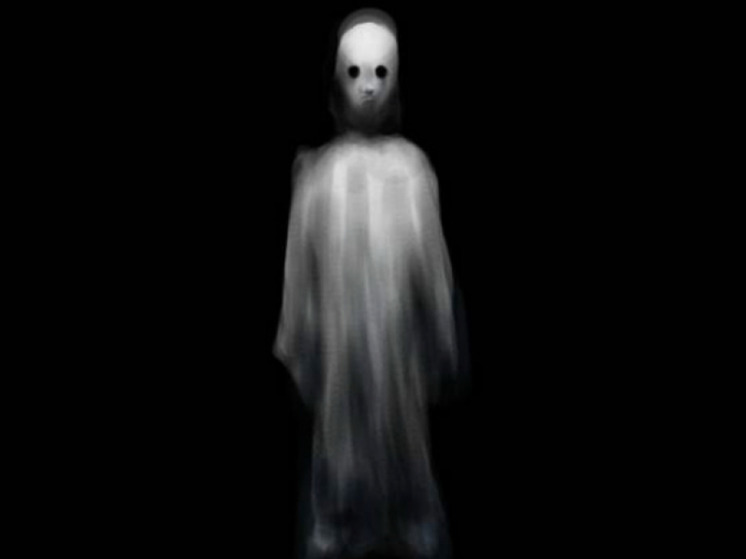Millions of Americans Believe in Ghosts
Many people across cultures have long believed in ghosts, and in fact, according to an Ipsos poll, visible spirits are considered one of the most common paranormal phenomena. 46 percent of respondents believe in ghosts.

The belief that the dead return to the world of the living as spirits has long existed, appearing in various literary works over the centuries — from the Bible to Shakespeare's plays.
According to Ipsos, 46 percent of those surveyed said that they really believe in ghosts, and some claimed that they themselves talked to the spirit. An earlier Pew Research study found that 18 percent of people believe they have seen a ghost. If they're right, that amounts to over 50 million spirit encounters in the US alone.
Speaking to Live Science, clinical psychologist and Southern Illinois University professor Steven Hupp theorized: “One common cause may be pareidolia, our brain's tendency to find patterns, especially human faces and figures, among ambiguous symbols. One common example is when we see faces or figures in the clouds, and another is when random shapes and shadows in a dark house look like ghosts.»
The study authors believe that faith also brings comfort by making people think, that loved ones care for us or are with us when we need them.
«There's still so much in this universe that we don't understand, and it's nice to fill the void with explanations,» Hupp admitted. He added that «supernatural explanations are often stated with certainty even when there is no factual evidence, and this certainty creates a false sense of actual truth.»
Even Albert Einstein suggested that the First Law of Thermodynamics could explain the existence of ghosts. If energy cannot be created or destroyed, what happens to the energy of our body when we die?
Unfortunately, scientists quickly found a logical answer to this question. After the death of a person, the energy from his body goes into the environment.
“Are ghosts possible?” ask skeptics. People may think they are encountering ghosts when they hear strange voices, see moving objects, witness balls or blobs of light, or even translucent people.
So could ghosts be created from a special type of energy that floats and flies without dissipating? If this is true, it means that when ghosts glow, move objects, and make sounds, they behave like matter—something that occupies space and has mass, such as wood, water, plants, and people. Conversely, when passing through walls or disappearing, they should not behave like matter. But centuries of physical research have shown that nothing like this exists, which is why experts believe that ghosts cannot exist. And there is still no evidence that any part of a person can continue to exist after death.
Popular television ghost hunting shows convince many viewers that blurry images and emotional reactions are proof enough.
When ghost hunters descend on a supposedly haunted location for a night of wandering and measuring, they usually find something they later believe to be paranormal. Whatever happens, they will interpret it as “evidence.”
“Almost all ghost incidents involve obstacles to making accurate perceptions and judgments—poor lighting, emotional arousal, sleep phenomena, social influences, culture, a lack of understanding of how recording devices work, as well as the previous beliefs and personality traits of those who claim to see ghosts. All of this could potentially lead to unforgettable ghost encounters,” University of South Carolina sociology professor Barry Markowski tells ScienceAlert.























































Свежие комментарии